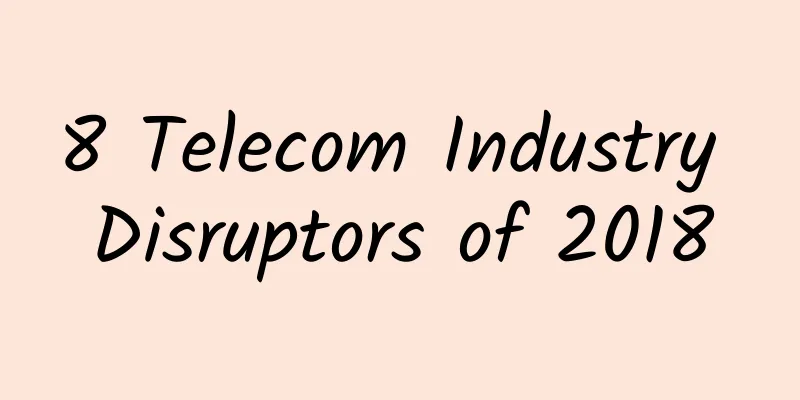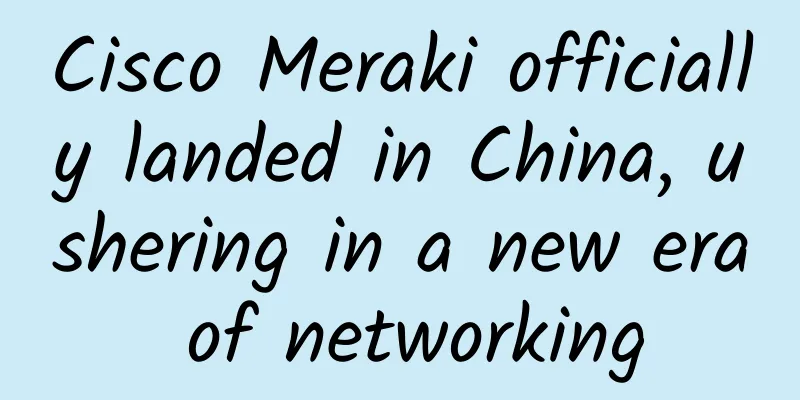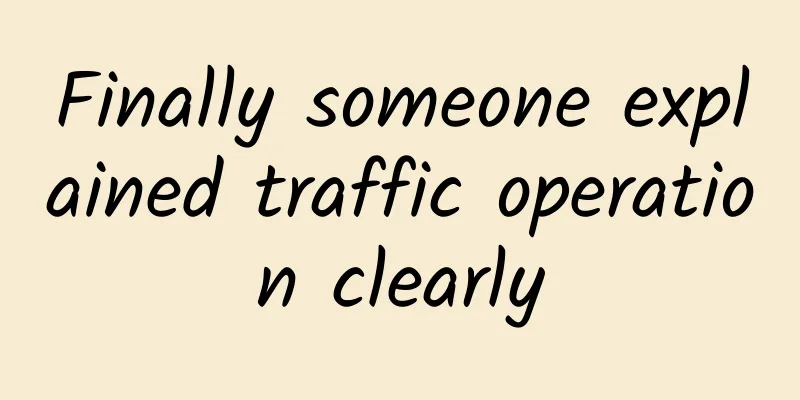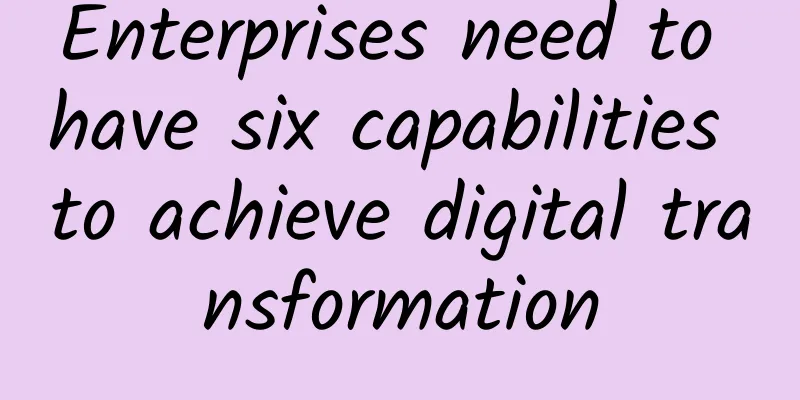RabbitMQ communication model publish-subscribe model
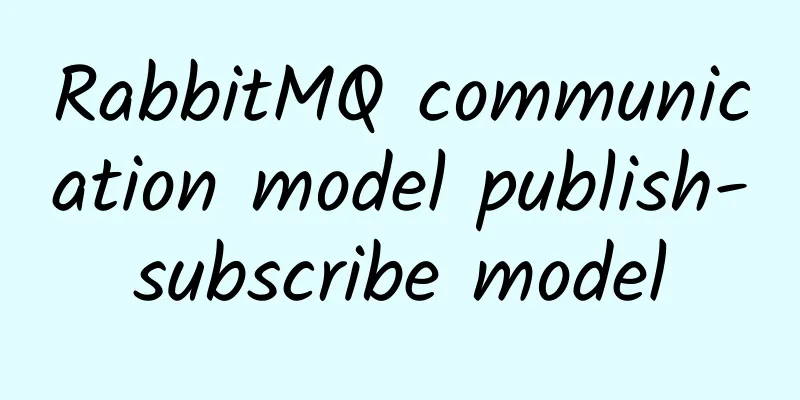
|
Hello everyone, I am Zhibeijun. Today, I will lead you to continue learning RabbitMQ and understand the publish-subscribe model, one of the five communication models of RabbitMQ. There will be a series of tutorials on RabbitMQ in the future. If it helps you, remember to pay attention~ Publish-Subscribe ModelIn the previous article, we briefly introduced the working model of RabbitMQ. In this article, we will learn about the publish-subscribe model in RabbitMQ. Publish/Subscribe model: Simply put, the messages in the queue will be received by multiple consumers at the same time, and the information received by the consumers is consistent. The publish-subscribe model is suitable for asynchronous communication between modules. Applicable scenarios
DemoProducerpublic class Producer { consumer// Consumer 1 // Consumer 2 testStart 2 consumers first, then start the producer It can be seen that the messages received by Consumer 1 and Consumer 2 are exactly the same, and each consumer has received the message sent by the producer; The publish-subscribe model uses a new thing - the switch. Here is an explanation of the parameters of the relevant methods: // Declare the switch // Bind the queue to the switch summaryThis article ends here, introducing the publish-subscribe model in the RabbitMQ communication model, which is suitable for asynchronous communication between modules. |
<<: Why Private LTE is a Smarter Choice than 5G
>>: Twenty trends that will impact the information and communications industry in 2023
Recommend
An in-depth review of five common WiFi installation solutions to determine which one is better!
Choosing a wireless WiFi coverage solution is jus...
Why use MAC address when we have IP address?
The IP address and MAC address can be compared to...
Wireless technology is gradually becoming an important direction for network development and application in the future industrial Internet
Germany's "Industry 4.0 R&D White Pa...
Illustrated Network: The principle behind the TCP three-way handshake, why not two-way handshake?
TCP is one of the main protocols of the Internet ...
Don’t worry anymore! Teach you how to quickly locate Eth-Trunk faults and easily solve network problems!
1. How to locate the problem that an Eth-Trunk in...
AI and 5G synergy: Unleashing the full potential of the digital age
In the evolving technology landscape, two breakth...
Do you know some new features of RocketMQ 5.0? Let me tell you.
In order to evolve towards cloud native and impro...
HostYun: VPS in the United States/UK/Russia/Korea/Hong Kong starting at 16 yuan per month, with CN2/AS9929/large bandwidth/high defense and other features available
HostYun is an old niche personalized IDC founded ...
When do microservices use the Http protocol to communicate, and when do they use Lrpc?
Let me first state the following conclusion. 1 Sp...
Cloud dedicated line and customer access technology networking solutions
Labs Guide As cloud-network integration becomes i...
Expert: It is impossible for the United States to bypass 5G and develop 6G
On September 21, at the opening event of Sina 5G ...
What are the benefits of restarting a wireless router? Faster Internet access!
Wireless routers have become an indispensable net...
Software: Share 9 practical computer software, worth a look
Today I will share with you 9 practical computer ...
Interviewer: What is the DNS protocol? Can you describe the complete DNS query process?
[[400343]] This article is reprinted from the WeC...
